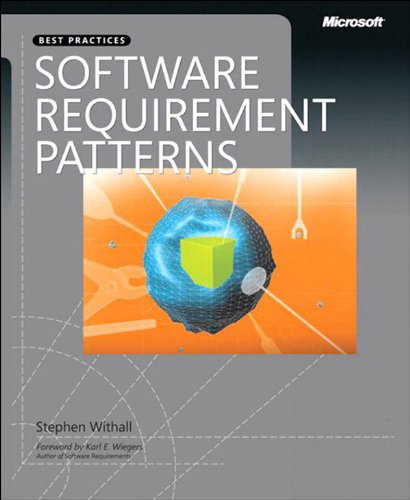

Most ebook files are in PDF format, so you can easily read them using various software such as Foxit Reader or directly on the Google Chrome browser.
Some ebook files are released by publishers in other formats such as .awz, .mobi, .epub, .fb2, etc. You may need to install specific software to read these formats on mobile/PC, such as Calibre.
Please read the tutorial at this link: https://ebookbell.com/faq
We offer FREE conversion to the popular formats you request; however, this may take some time. Therefore, right after payment, please email us, and we will try to provide the service as quickly as possible.
For some exceptional file formats or broken links (if any), please refrain from opening any disputes. Instead, email us first, and we will try to assist within a maximum of 6 hours.
EbookBell Team

4.7
106 reviewsLearn proven, real-world techniques for specifying software requirements with this practical reference. It details 30 requirement “patterns” offering realistic examples for situation-specific guidance for building effective software requirements. Each pattern explains what a requirement needs to convey, offers potential questions to ask, points out potential pitfalls, suggests extra requirements, and other advice. This book also provides guidance on how to write other kinds of information that belong in a requirements specification, such as assumptions, a glossary, and document history and references, and how to structure a requirements specification.
A disturbing proportion of computer systems are judged to be inadequate; many are not even delivered; more are late or over budget. Studies consistently show one of the single biggest causes is poorly defined requirements: not properly defining what a system is for and what it’s supposed to do. Even a modest contribution to improving requirements offers the prospect of saving businesses part of a large sum of wasted investment. This guide emphasizes this important requirement need—determining what a software system needs to do before spending time on development. Expertly written, this book details solutions that have worked in the past, with guidance for modifying patterns to fit individual needs—giving developers the valuable advice they need for building effective software requirements